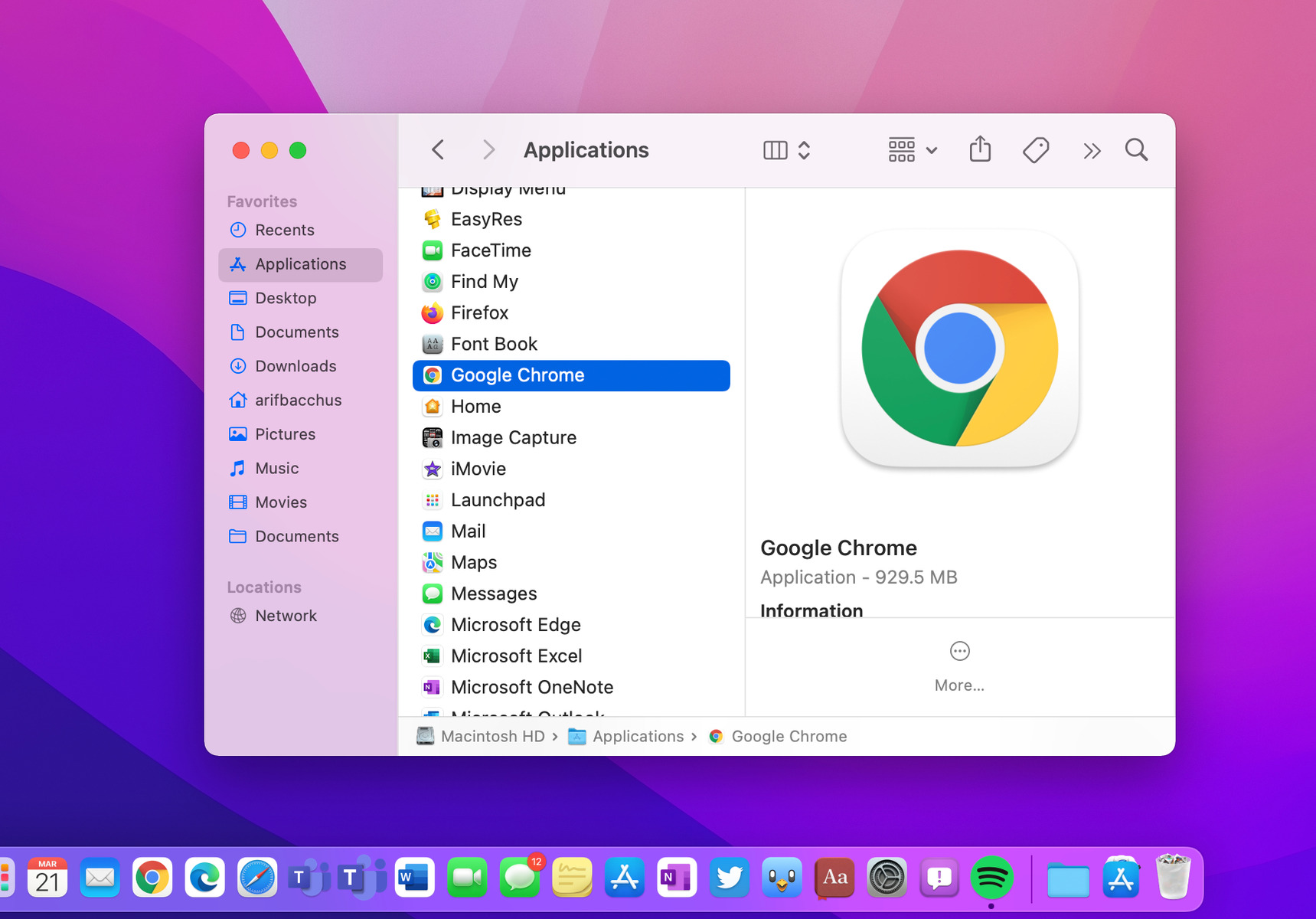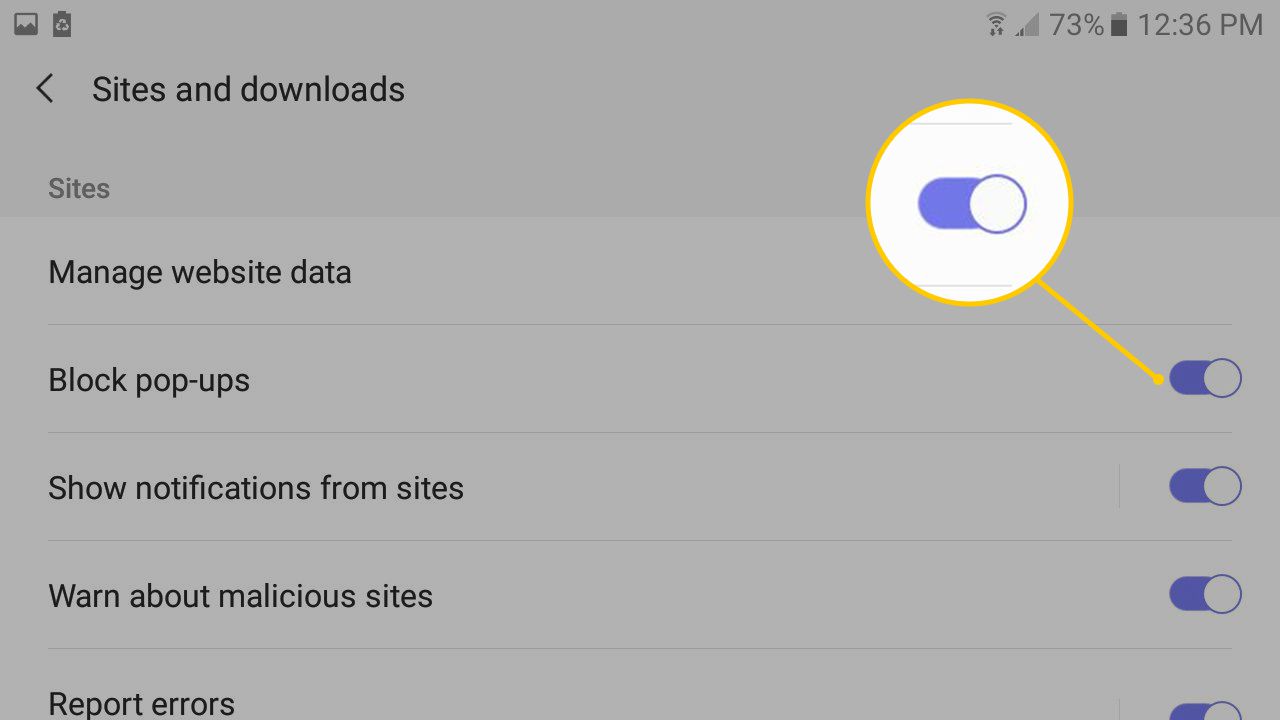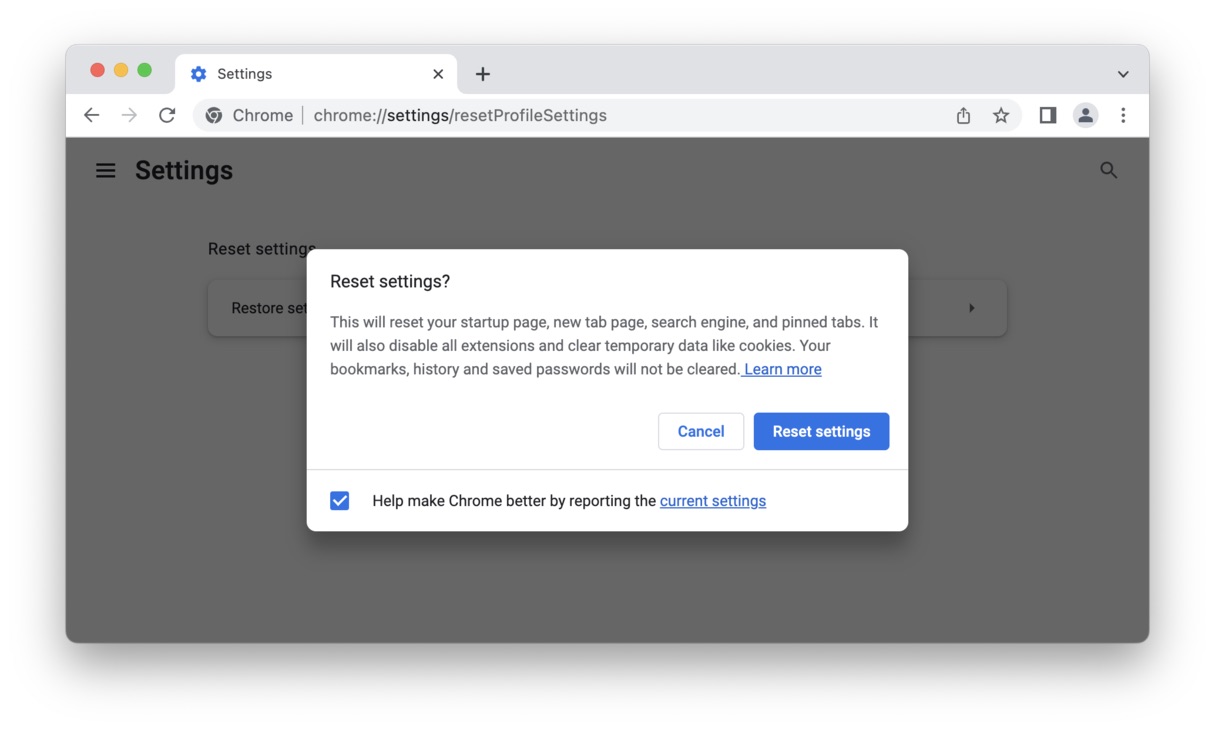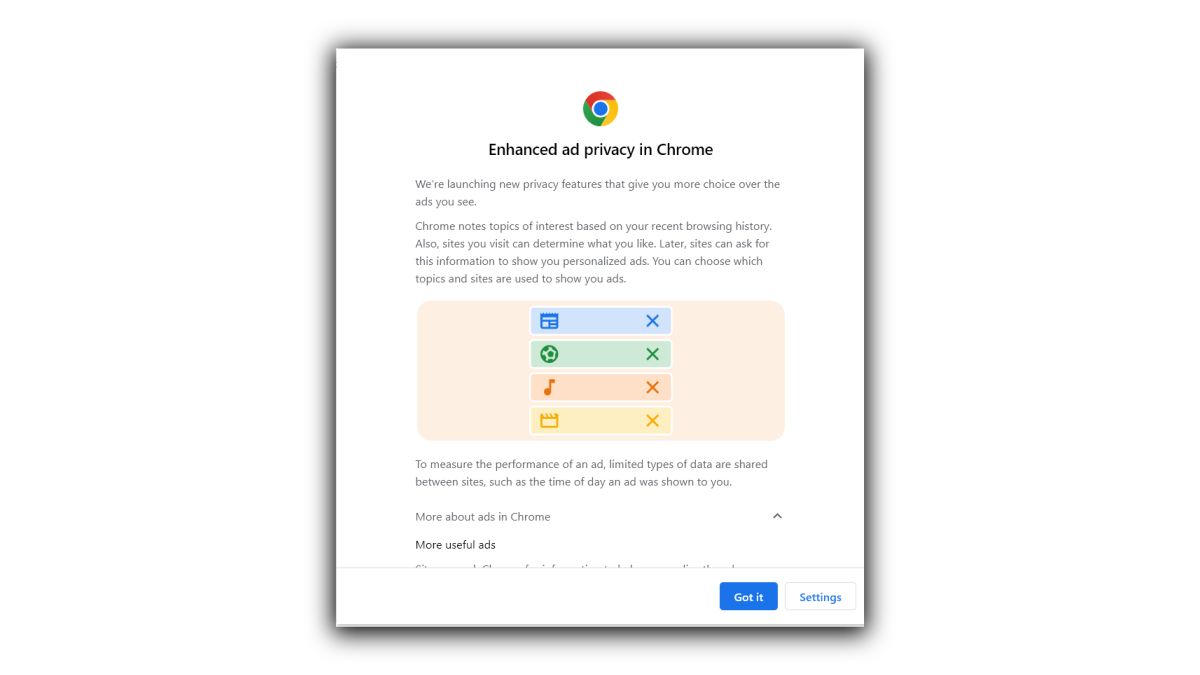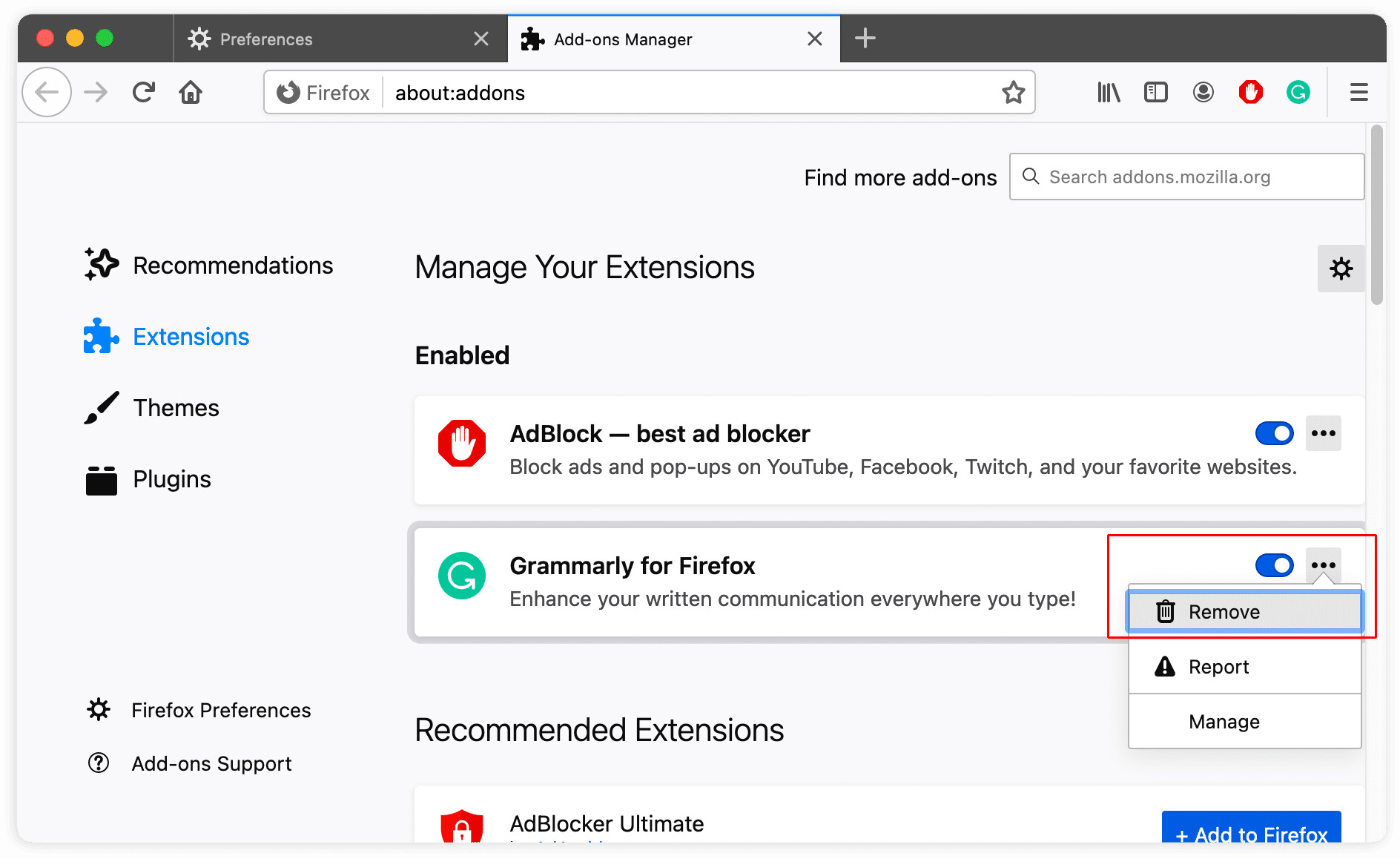Introduction
So, you've decided it's time to part ways with Google Chrome. Whether you're switching to a different browser, troubleshooting issues, or simply looking to declutter your digital life, uninstalling Chrome is a straightforward process. In this guide, we'll walk you through the steps to bid farewell to Chrome on various platforms, including Windows, Mac, Android, and iOS.
Uninstalling a web browser may seem like a daunting task, especially if you've been using it for a long time. However, with the right guidance, you can navigate through the process smoothly and efficiently. We'll provide you with clear, step-by-step instructions tailored to each operating system, ensuring that you can bid adieu to Chrome without any unnecessary hassle.
Before we delve into the specifics of uninstalling Chrome on different devices, it's important to note that removing the browser will also erase your browsing history, bookmarks, saved passwords, and other personalized settings associated with Chrome. Therefore, if there's any data you wish to retain, be sure to back it up before proceeding with the uninstallation.
Now, let's embark on this uninstallation journey together. Whether you're a Windows aficionado, a Mac enthusiast, an Android aficionado, or an iOS devotee, we've got you covered. It's time to learn how to bid farewell to Chrome and embrace a new browsing experience.
Uninstalling Chrome on Windows
Uninstalling Google Chrome from a Windows computer is a relatively simple process. Whether you're looking to switch to a different browser or troubleshoot issues, removing Chrome can be done in just a few steps.
-
Using the Control Panel:
- Click on the "Start" button and open the "Control Panel."
- In the Control Panel, select "Programs" and then click on "Programs and Features."
- Scroll through the list of installed programs until you find "Google Chrome."
- Right-click on Google Chrome and select "Uninstall."
- Follow the on-screen prompts to complete the uninstallation process.
-
Using the Settings App:
- Press the Windows key + I to open the Settings app.
- Click on "Apps" and then select "Apps & features" from the left-hand menu.
- Scroll down to find Google Chrome in the list of installed apps.
- Click on Google Chrome and then select "Uninstall."
- Follow the instructions to remove Chrome from your computer.
-
Using the Chrome Cleanup Tool:
- If you encounter difficulties uninstalling Chrome through the Control Panel or Settings app, you can use the Chrome Cleanup Tool provided by Google.
- Download and run the Chrome Cleanup Tool, which is designed to remove software that may cause problems with Chrome.
Once you have successfully uninstalled Chrome, it's a good idea to restart your computer to ensure that any remaining components are fully removed. If you plan to switch to a different browser, you can now proceed with installing and setting up your new preferred browser.
By following these steps, you can bid farewell to Google Chrome on your Windows computer. Whether you're seeking a fresh start with a new browser or troubleshooting issues, the uninstallation process is designed to be user-friendly and efficient. With Chrome removed from your system, you're ready to explore new browsing experiences tailored to your preferences and needs.
Uninstalling Chrome on Mac
Uninstalling Google Chrome from a Mac is a straightforward process that ensures a clean removal of the browser from your system. Whether you're transitioning to a different browser or troubleshooting issues, the following steps will guide you through the uninstallation process on your Mac.
-
Using Finder:
- Open Finder and navigate to the "Applications" folder.
- Locate Google Chrome in the list of applications.
- Drag the Google Chrome app to the Trash icon in the Dock. Alternatively, you can right-click on Google Chrome and select "Move to Trash."
-
Emptying the Trash:
- After moving Google Chrome to the Trash, right-click on the Trash icon in the Dock.
- Select "Empty Trash" to permanently delete Google Chrome from your Mac.
-
Removing User Data:
- Although dragging Chrome to the Trash removes the application, it's advisable to delete the associated user data for a thorough uninstallation.
- Open Finder and click on the "Go" menu in the top menu bar.
- Select "Go to Folder" and enter the following path: ~/Library/Application Support/Google/Chrome.
- Delete the "Chrome" folder to remove user-specific data associated with the browser.
-
Restart Your Mac:
- After completing the uninstallation process, it's recommended to restart your Mac to ensure that any remaining components or processes related to Chrome are fully cleared from the system.
By following these steps, you can effectively uninstall Google Chrome from your Mac, freeing up space and resources for your preferred browsing experience. Whether you're seeking a fresh start with a new browser or addressing specific issues, the uninstallation process is designed to be user-friendly and comprehensive.
Once Chrome is successfully uninstalled, you can explore alternative browsers that align with your browsing preferences and needs. Whether it's Safari, Firefox, or another browser of your choice, your Mac is now ready to accommodate your new browsing journey.
With Google Chrome bid farewell, you can embrace a seamless transition to a new browsing experience tailored to your Mac environment.
Uninstalling Chrome on Android
Uninstalling Google Chrome from an Android device is a simple process that allows you to free up space and explore alternative browsing options. Whether you're looking to switch to a different browser or troubleshooting issues, the following steps will guide you through the uninstallation process on your Android device.
-
Accessing App Settings:
- Open the "Settings" app on your Android device.
- Scroll down and select "Apps" or "Apps & notifications" depending on your device's interface.
-
Locating Google Chrome:
- Scroll through the list of installed apps to find "Google Chrome."
- Tap on Google Chrome to access its app info and settings.
-
Uninstalling Chrome:
- Within the app info for Google Chrome, tap on the "Uninstall" button.
- Confirm the action when prompted to uninstall Chrome from your device.
-
Clearing Cache and Data (Optional):
- After uninstalling Chrome, you may choose to clear its cache and data to free up additional space and ensure a thorough removal.
- Within the app info for Google Chrome, you can tap on "Storage" and then select "Clear Cache" and "Clear Data" if desired.
-
Exploring Alternative Browsers:
- With Chrome successfully uninstalled, you can explore a variety of alternative browsers available on the Google Play Store.
- Consider popular options such as Mozilla Firefox, Microsoft Edge, Opera, or any other browser that aligns with your preferences.
By following these steps, you can seamlessly bid farewell to Google Chrome on your Android device. Whether you're seeking a fresh start with a new browser or addressing specific issues, the uninstallation process is designed to be user-friendly and efficient.
With Chrome removed from your Android device, you can now explore alternative browsers that cater to your browsing preferences and needs. Whether it's for enhanced privacy features, seamless synchronization across devices, or a personalized browsing experience, the Google Play Store offers a diverse range of browsers to choose from.
With Google Chrome no longer taking up space on your Android device, you're ready to embark on a new browsing journey tailored to your preferences and optimized for your mobile experience.
Uninstalling Chrome on iOS
Uninstalling Google Chrome from an iOS device is a straightforward process that allows you to declutter your device and explore alternative browsing options. Whether you're transitioning to a different browser or troubleshooting issues, the following steps will guide you through the uninstallation process on your iPhone or iPad.
-
Accessing App Settings:
- Locate the Google Chrome app icon on your iOS device's home screen.
- Press and hold the Chrome icon until it starts shaking, indicating that the apps are in edit mode.
- Tap the "X" icon on the top-left corner of the Chrome app icon. This action will prompt a confirmation message.
-
Uninstalling Chrome:
- Tap "Delete" in the confirmation message to uninstall Chrome from your iOS device.
- Alternatively, you can go to the Settings app, select "General," and then tap on "iPhone Storage" or "iPad Storage," depending on your device.
- Scroll down to find Google Chrome in the list of installed apps and tap on it.
- Tap "Delete App" and confirm the action to remove Chrome from your device.
-
Clearing Cache and Data (Optional):
- After uninstalling Chrome, you may choose to clear its cache and data to free up additional space and ensure a thorough removal.
- To do this, go to the Settings app, select "Safari," and then tap on "Clear History and Website Data" to remove any browsing data associated with Chrome.
-
Exploring Alternative Browsers:
- With Chrome successfully uninstalled, you can explore a variety of alternative browsers available on the App Store.
- Consider popular options such as Safari, Mozilla Firefox, Microsoft Edge, Opera, or any other browser that aligns with your preferences.
By following these steps, you can seamlessly bid farewell to Google Chrome on your iOS device. Whether you're seeking a fresh start with a new browser or addressing specific issues, the uninstallation process is designed to be user-friendly and efficient.
With Chrome removed from your iOS device, you can now explore alternative browsers that cater to your browsing preferences and needs. Whether it's for enhanced privacy features, seamless synchronization across devices, or a personalized browsing experience, the App Store offers a diverse range of browsers to choose from.
With Google Chrome no longer taking up space on your iOS device, you're ready to embark on a new browsing journey tailored to your preferences and optimized for your mobile experience.
Conclusion
In conclusion, bidding farewell to Google Chrome on various platforms, including Windows, Mac, Android, and iOS, is a manageable process that allows users to transition to alternative browsing experiences or troubleshoot specific issues. Uninstalling Chrome involves more than just removing the application; it signifies a shift in digital habits and a readiness to explore new possibilities in the vast realm of web browsing.
As we've navigated through the uninstallation process for each platform, it's important to emphasize the significance of backing up any essential data before proceeding with the removal of Chrome. Browsing history, bookmarks, saved passwords, and personalized settings are integral parts of the browsing experience, and preserving them ensures a seamless transition to a new browser or a fresh start with a reinstalled Chrome in the future.
The steps outlined for uninstalling Chrome on Windows, Mac, Android, and iOS are designed to be user-friendly, providing clear and concise instructions to facilitate a smooth transition. Whether users are drawn to the simplicity of Safari on Mac or the customization options offered by Firefox on Windows, the uninstallation process sets the stage for embracing a browsing experience tailored to individual preferences and needs.
Furthermore, the uninstallation of Chrome opens the door to exploring a diverse range of alternative browsers, each offering unique features and capabilities. From privacy-focused browsers to those optimized for seamless synchronization across devices, users have the opportunity to discover a browsing companion that aligns with their digital lifestyle and browsing habits.
As technology continues to evolve, so do the options for web browsing. Uninstalling Google Chrome marks a pivotal moment in the digital journey, signaling a willingness to adapt to new innovations and embrace the ever-expanding landscape of browsers and extensions. Whether it's bidding farewell to Chrome to troubleshoot issues, declutter digital spaces, or simply explore new horizons, the uninstallation process empowers users to curate their digital experiences with intention and purpose.
In essence, the act of uninstalling Chrome transcends the removal of an application; it symbolizes the beginning of a new chapter in the digital realm, where possibilities are abundant, and the quest for an optimal browsing experience continues to unfold. With Chrome bid adieu, users are poised to embark on a journey of discovery, where each click, tab, and search query resonates with the essence of personalization and choice.
As we part ways with Chrome, we embrace the future of browsing with open arms, ready to explore, discover, and redefine our digital footprint in the vast expanse of the World Wide Web.







